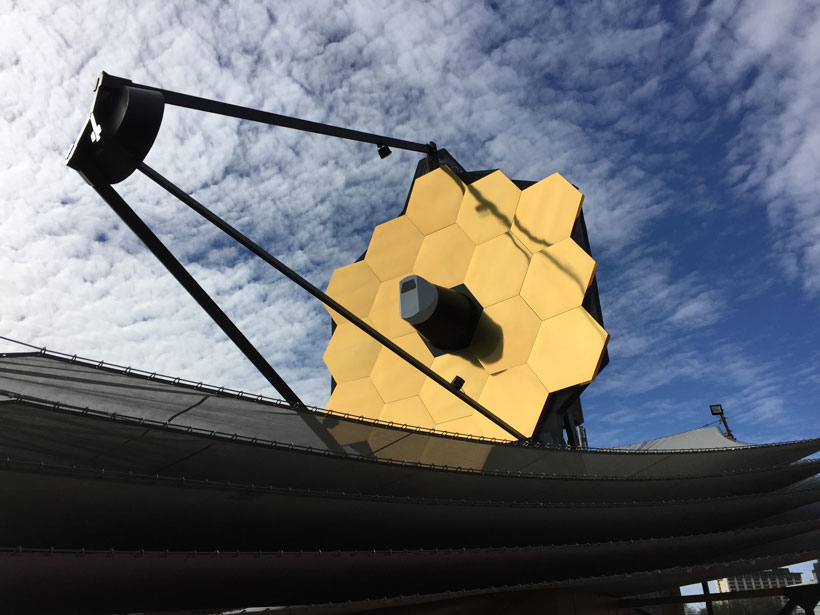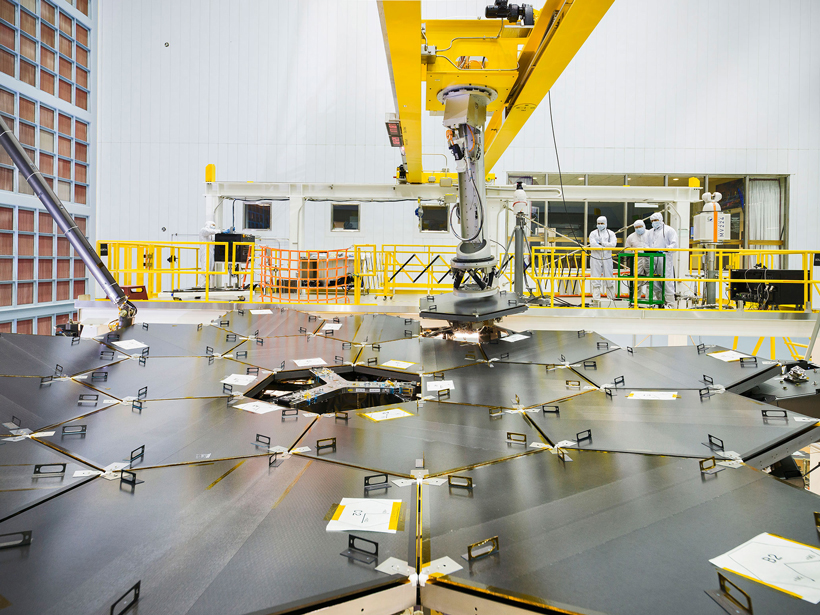Large bodies in the Kuiper Belt and beyond could have hosted subsurface oceans.
James Webb Space Telescope
These Four Exoplanets Have Wild, Rocky Weather
On many exoplanets, conditions are so exotic that minerals form clouds and fall as rain. Recent studies revealed the rocky weather on these four exoplanets in more detail than ever before.
Rogues’ Gallery Comes in Pairs
A new trove of free-floating planets, smaller and paired up more than expected, challenges stellar and planet formation models.
James Webb Space Telescope Captures Saturn’s Changing Seasons
Unprecedented images reveal how Saturn’s atmosphere is evolving as summertime winds down in its northern hemisphere.
The First Look at Our New Astronomy Paradigm
Five galaxies, two nebulae, an exoplanet, and the early universe—JWST’s first images provide a cross section of the science yet to come.
Unveiling the Next Exoplanet Act
In August, Eos looks at what the first round of observations with the James Webb Space Telescope might reveal about faraway worlds.
Overture to Exoplanets
The curtain is about to rise on the James Webb Space Telescope. Let’s see what’s in store for its opening act.
How Well Can the Webb Telescope Detect Signs of Exoplanet Life?
Recent research suggests that NASA’s next-generation space telescope will be good—but not the best—at finding life-sustaining levels of oxygen in an exoplanet’s atmosphere.
Webb Telescope May Detect Minerals from Shredded Worlds
The upcoming James Webb Space Telescope should be able to measure the composition of vaporizing exoplanets, giving clues about the makeup of their cores, mantles, and crusts.
Final Mirror Segment Added to Powerful Future Space Observatory
After years of planning, testing, and assembly, the James Webb Space Telescope, the world's largest infrared, space-based observatory, is taking shape.










